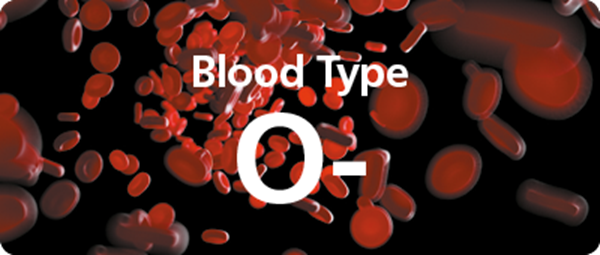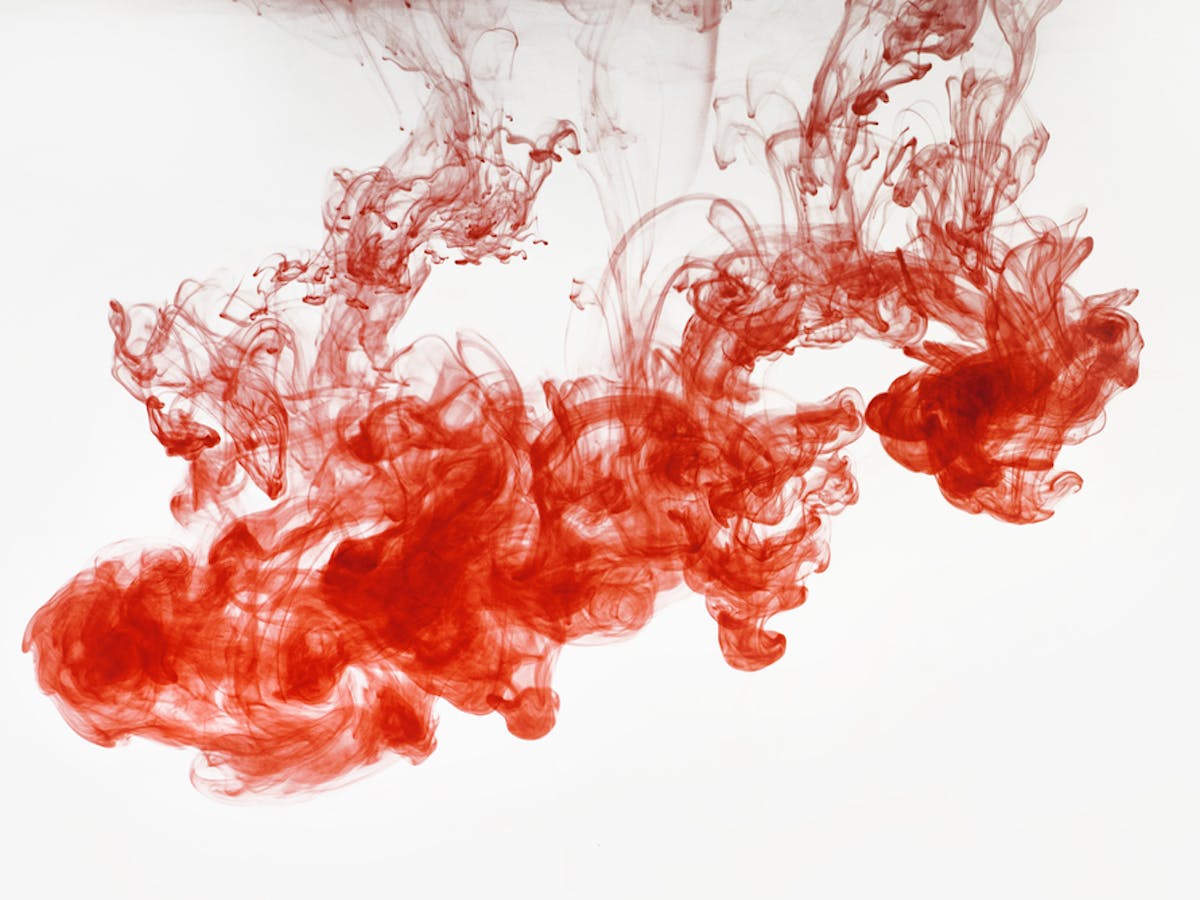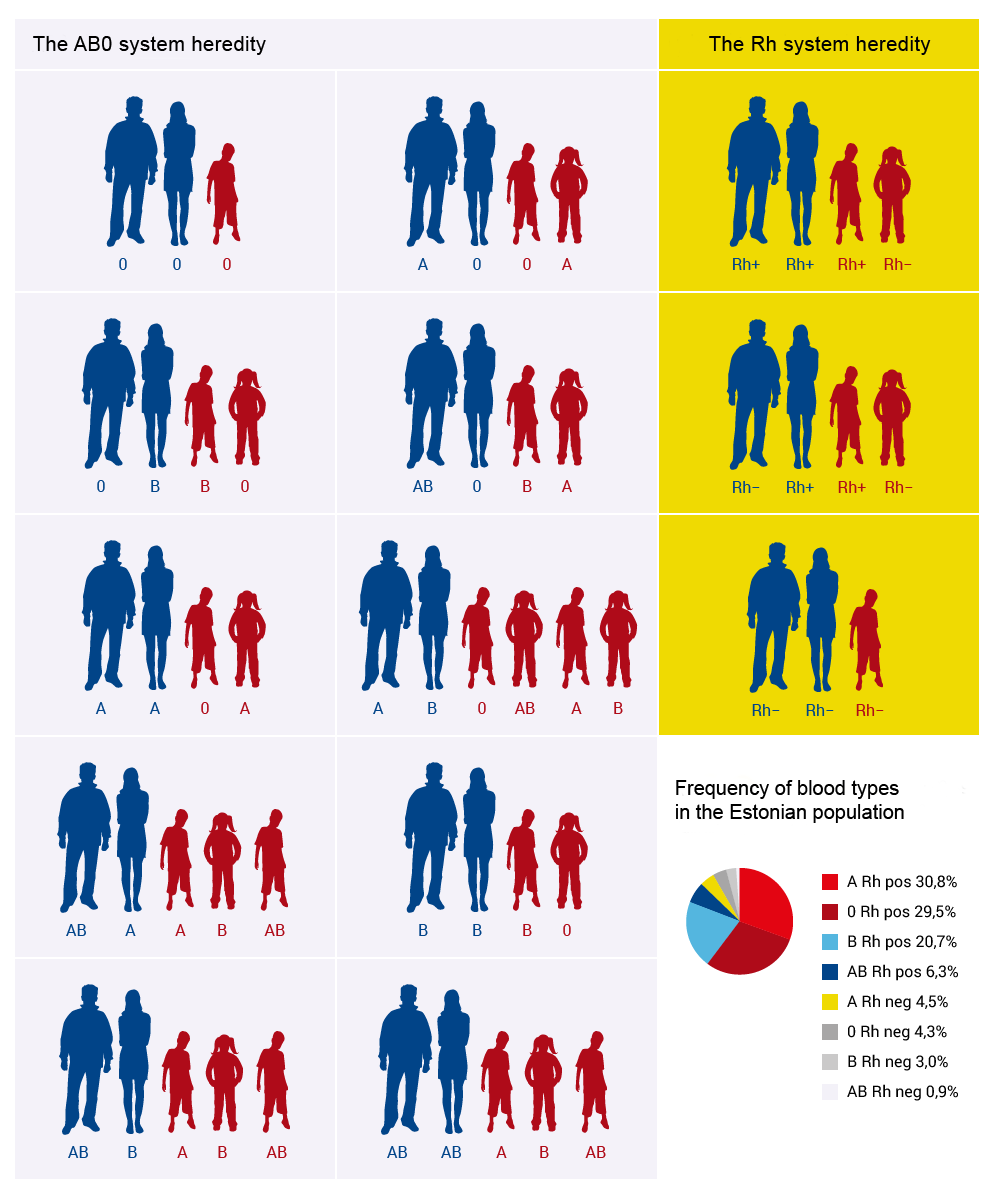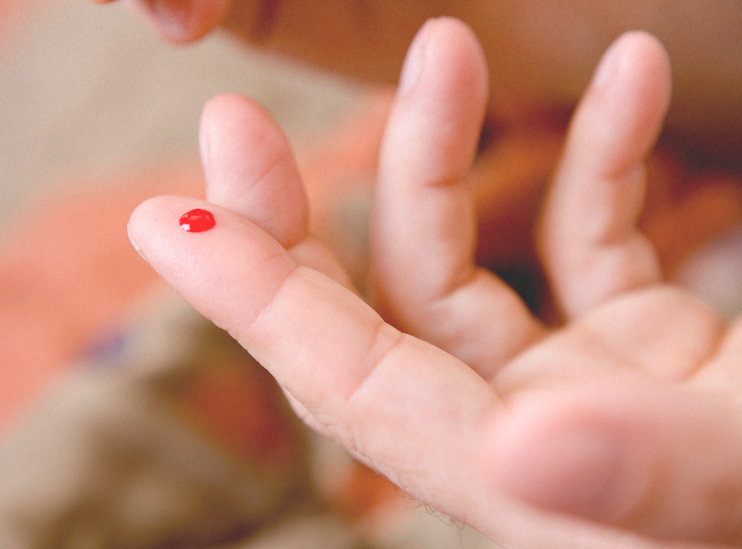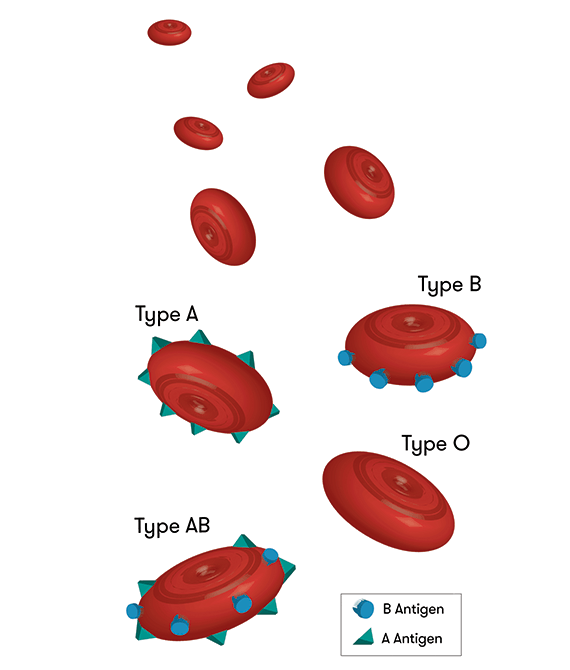How Many Blood Types Are There What Are They Called

There are eight different blood types and the type you have is determined by genes you inherit from your parents.
How many blood types are there what are they called. In fact only 66 of americans reported knowing their blood type according to a 2019 cbs news poll. Blood types blood facts and statistics. The surface of the red blood cells has a substance that is known as antigens and any person can have a antigens b antigens both or neither. Human blood is grouped into four types.
A b ab and o. There are eight blood types. For example the surface of red blood cells in type a blood has antigens known as a antigens. A b o and ab.
There are four primary blood types. There are four major blood groups and eight different blood types. If they have the b antigen their blood type becomes type b. You don t know you say.
Before you get to know your blood type it is still best that you are able to familiarize yourself with what your blood is made up of to be able to understand better how your blood works. Immediately call your doctor or dial 911. In addition to the a and b antigens there is a protein called the rh factor which can be either present or absent creating the 8 most common blood types a a b b o o ab ab. Every 2 seconds a person in the united states needs blood.
There are basically four types of blood in human body. If a person has a antigen their blood type is said to be type a. A positive or a negative. Doctors call this the abo blood group system.
However there are many different parts that comprise these types of blood in human body. There are four major categories within the abo group. Many people don t know their blood type. A total of 36 human blood group systems and 346 antigens are now recognized by the international society of blood transfusion isbt.
There are four major blood groups determined by the presence or absence of two antigens a and b on the surface of red blood cells. A b ab and o. Each letter refers to a kind of antigen or protein on the surface of red blood cells. The groups are based on whether or not you have two specific antigens a and b.

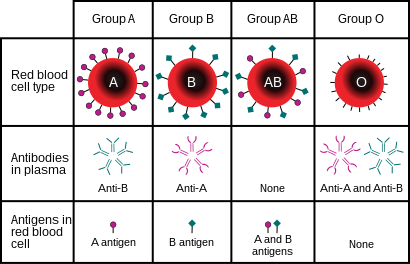
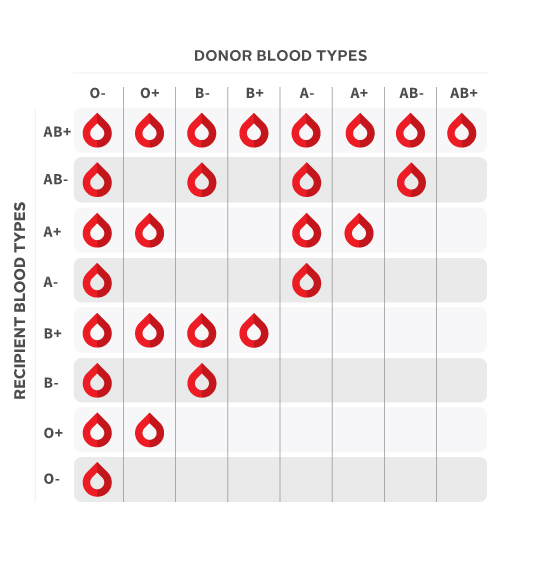
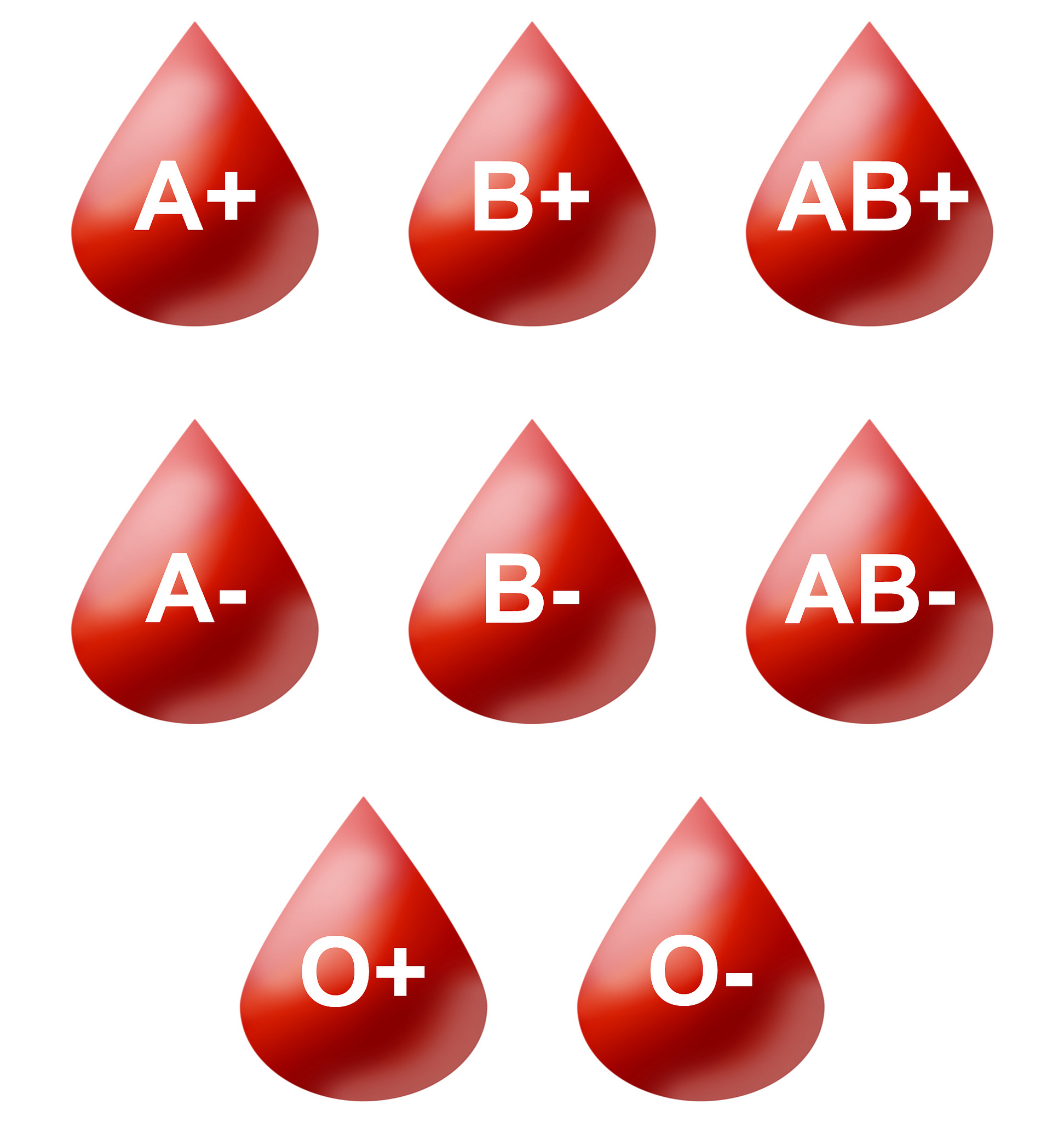
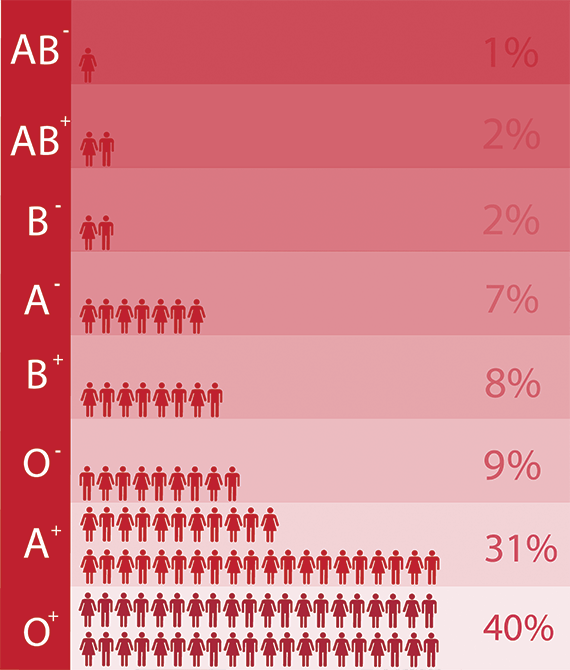


.jpg)

